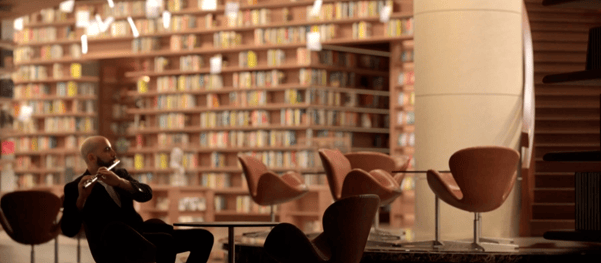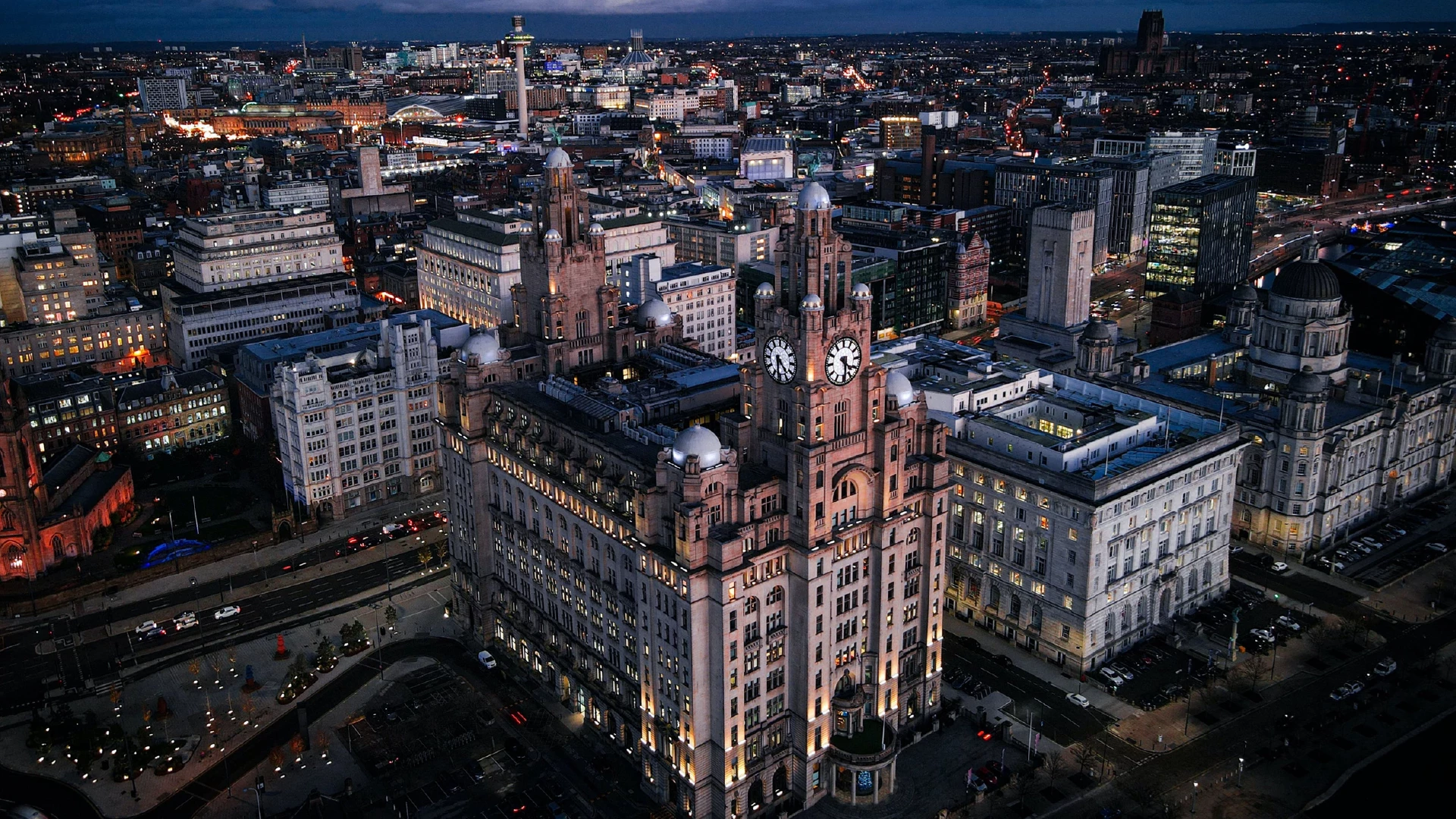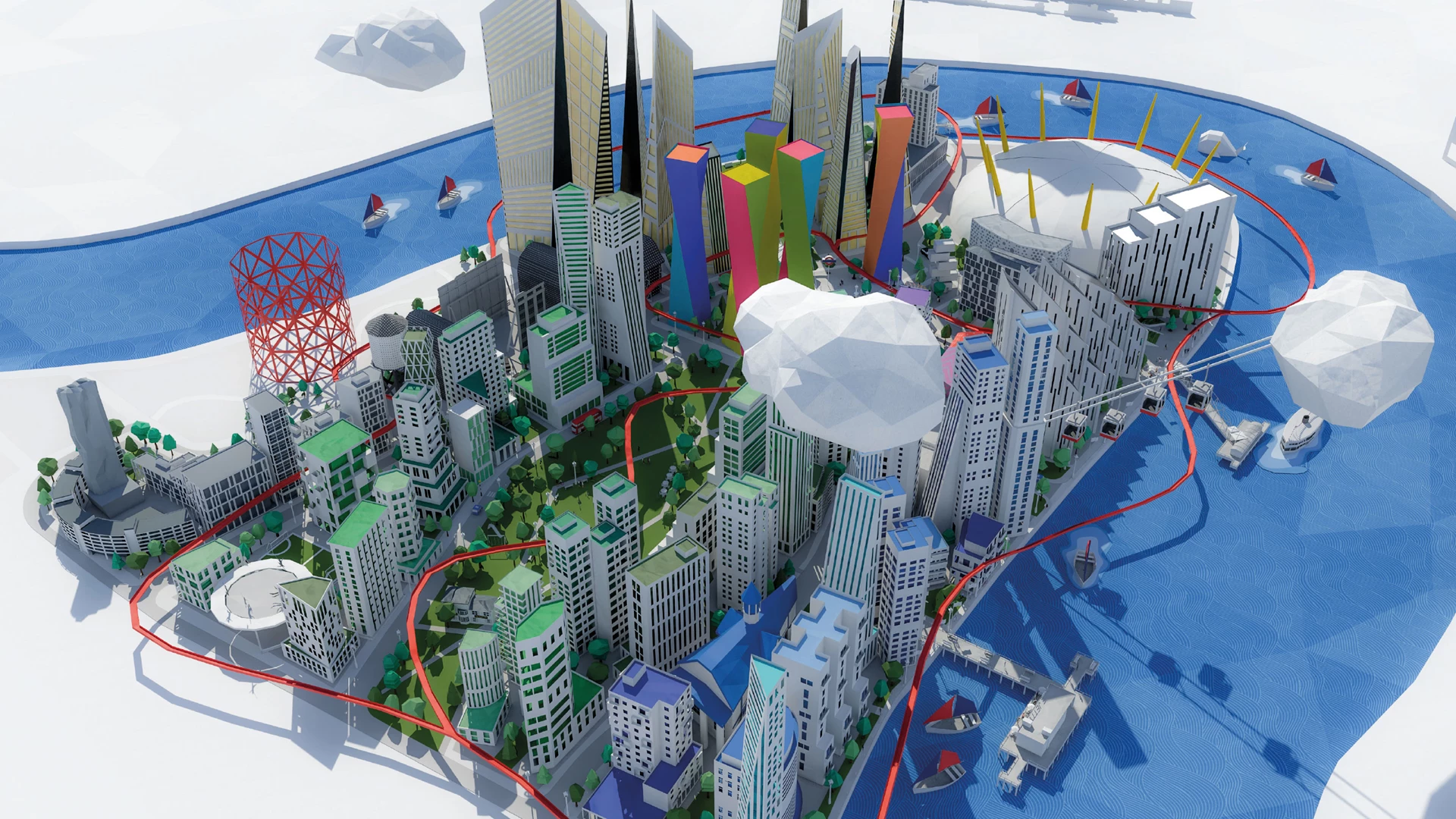Flythroughs: Where movement meets meaning
Flexible, to fatigued, to fresh again, MD Nick Bentley discusses the simple beauty of a CGI flythrough, and how to incorporate them into the 21st century.

Looking back...
In the early days of architectural visualisation, studios embraced the freedom to fly cameras through buildings, masterplans and other spaces in any direction, unconstrained by real-world limitations. The result was dynamic but often felt detached from reality and, over time, lost some of its appeal. As the field matured, we shifted towards a more cinematic approach - one that mimicked the traditional language of film, with considered shot compositions, shorter cuts, and familiar camera techniques, which grounded the visualisation in realism and helped elevate production value.
However, the rise of drone videography has reintroduced audiences to a style that marries fluid aerial perspectives with cinematic elegance. There’s beauty in a continuous camera move, where a single shot can seamlessly show the relationship between spaces, reveal context, and unfold a narrative without the interruption of cuts. Once technically difficult to achieve in real life, now easy for even a novice drone user thanks to the leaps in affordability of the tech.
Freshening up the familiar
Recently, we embraced this ‘single camera’ approach for Canary Wharf Group. The purpose of the film was to seamlessly connect the residential district of Wood Wharf with the wider estate, geographically locating 8 Harbord Square at the heart of Wood Wharf's well-established community, and showcasing the evolution of the landscape design. Blending green open spaces with waterside living, offering an oasis of calm in one of Europe's most well-connected areas.
Keep It Simple!
The simplicity of this technique can be striking. Done thoughtfully, it doesn’t just show a place - it allows viewers to experience a journey through it. There’s an authenticity in this method that evokes real-world exploration, something shorter cuts and shifts in perspective can’t always convey.
By revisiting the continuous camera move, studios have an opportunity to harness both the nostalgia of early architectural animations and the technical sophistication of modern drone footage. It offers a fresh, yet familiar approach - one that, when executed well, celebrates both space and movement in a way that feels immersive and meaningful. In the right hands, this technique can be as beautiful as it is effective, capturing the essence of a design and the feeling of moving through it in a single, unbroken moment.
As trends come full circle, we see the potential for this approach to make a resurgence – not as a throwback to old methods, but as a reimagined technique for the future of architectural visualisation.

.webp)





